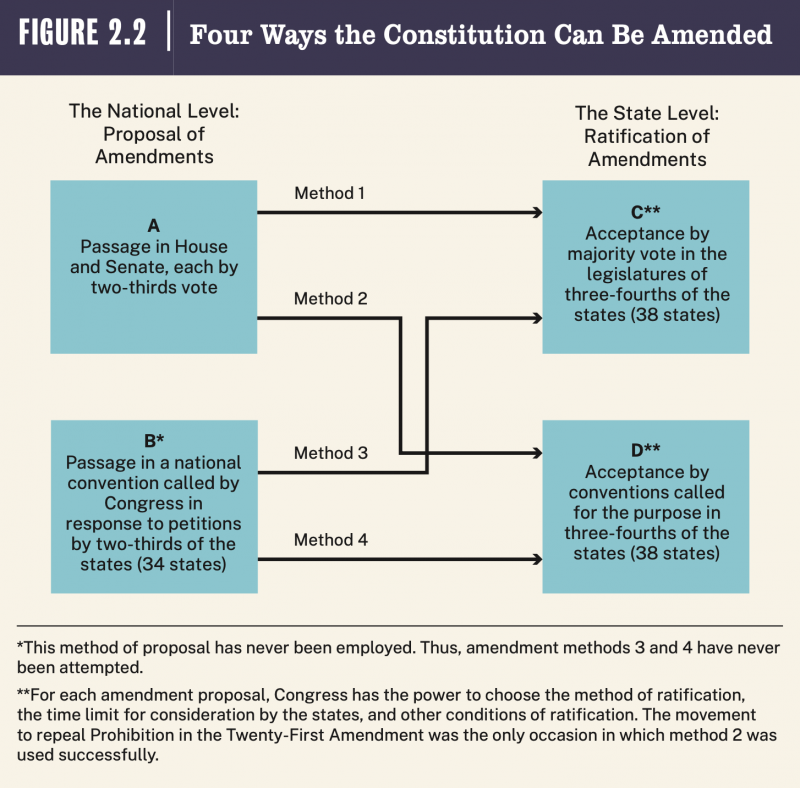Review questions
- What led to the Declaration of Independence and the Articles of Confederation?
- The political context of the Constitutional Convention and the compromises achieved.
- What are the principles of governance and the powers of the national government defined by the Constitution.
- What are the Federalists’ and Antifederalists’ opinions on the Constitution?
The first founding
- When founded, the people in the US land was European Settlers, African who were kidnapped, and native Americans.
- The founding relied on enslaved labor and settler colonialism.
- The American Evolution and the US Constitution happened because of the conflicts between the 13 colonies.
- The British raising tax at their North American colonies to pay for their debts led to the colonial resistance.
- This then resulted in the First Continental Congress, and the Declaration of Independence.
- The Declaration of Independence was an attempt to forge unity among the 13 colonies.
- The colonies established the Articles of Confederation. They limited the power of the Congress, but the Congress was the central government for the 13 colonies.
- The relationship between the national government and the states was called a confederation.
The second founding
- The Articles of Confederation failed because the national government had too little power, and no agreement could be reached, as in Annapolis Convention. This weakened America’s political position.
- Shay’s Rebellion criticized the Articles of Confederation and pushed for constitutional revision.
- The Philadelphia Convention abandoned the Articles and committed themselves to the second founding.
- Conflict between large and small states led to the Great Compromise, which created a bicameral legislature, the House and the Senate. Each state were represented equally.
- The Three-Fifths Compromise treated 5 slaves as 3. This helped reaching a compromise for Southern States but also allowed dehumanization of slaves.
- Virginia Plan: pushed for proportional representation
- New Jersey Plan: called for total equal representation
- Connecticut’s Great Compromise: called for bicameral legislature.
Bold Powers and Sharp Limitations
- The new government was strong enough to promote commerce and protect property.
- But is limited enough to prevent excessive democracy, provide direct popular election, and protect liberties and property rights.
- Established bicameral Congress with checks and balances.
- Included in the Constitution was the principles of separation of powers and federalism, and Bill of Rights.
- Bill of Rights was adopted in 1791 as the first amendments to the Constitution.
- The Congress was granted expressed powers (what the Constitution said the Congress can do). However, the people also granted the Congress implied powers (what the Congress can do to serve its expressed powers), so the Congress can be more active.
- Established presidency with energy for timely and decisive actions.
- Judicial review for the Supreme Court was not originally granted but latter assumed.
- Established procedures for amending the Constitution in Article V, but rarely done.
- To ensure the national government power in Article VI, supremacy clauses assured national laws are enacted in state levels.
Methods for amending the Constitution:
Provided in Article V

Agreement to complete the Constitution was difficult
- 13 different campaigns were carried out, one in each states.
- Federalists support the Constitution, but Antifederalists fought against the ratification demanding a more decentralized system.
- Different views in representation, tyranny, and government power.
- Antifederalists contributed to the limited government, and the Federalists pushed for a powerful government. (The Federalist Papers was 85 essays written to persuade people and prove that a federal government would not harm)